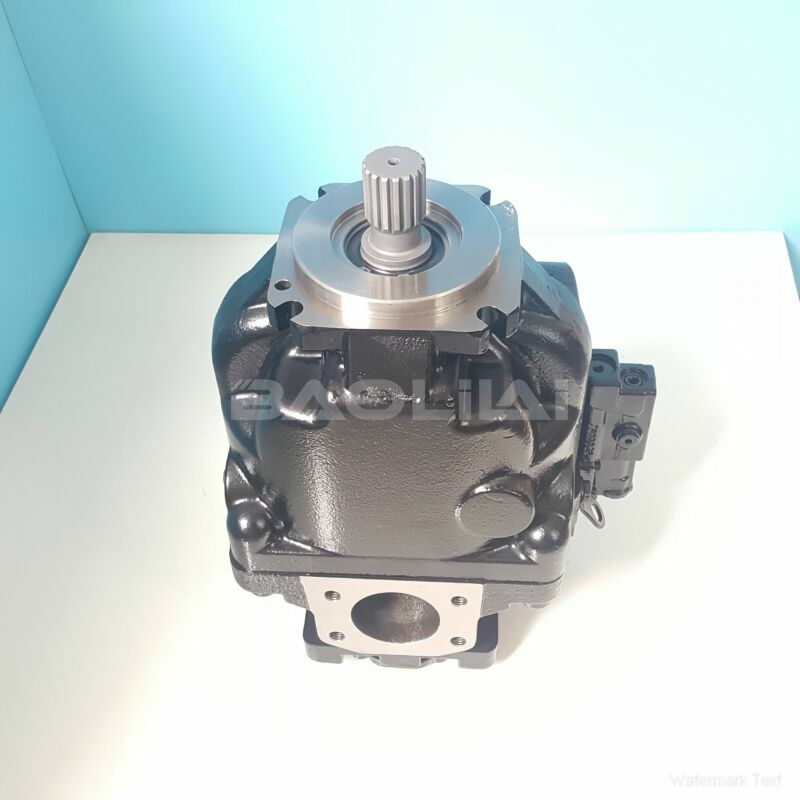ERR100BLS2520NNN3S4RPA1NAAANNNNNN sauer danfoss pump
ERR100BLS2520NNN3S4RPA1NAAANNNNNN sauer danfoss pump

- Product Details
- Applicable Scene
Cavitation in hydraulic pumps can lead to significant operational issues in oil and gas facilities, including decreased efficiency, increased wear and tear, and potentially catastrophic equipment failure. Understanding how to identify and troubleshoot cavitation is vital for maintaining the reliability of hydraulic systems. This article provides a comprehensive guide to recognizing and addressing cavitation in fluid systems.
ER-R-100B-LS-25-20-NN-N-3-S4RP-A1N-AAA-NNN-NNN
ERR100BLS2520NNN3S4RPA1NAAANNNNNN
Understanding Cavitation

83040864
Cavitation occurs when there is a drop in pressure within the fluid, leading to the spontaneous formation of vapor bubbles. As these bubbles travel through the pump and hit higher pressure zones, they collapse violently, generating shock waves that can result in pitting and erosion of pump components. This not only damages the pump but can also affect the overall efficiency and performance of hydraulic systems.
Identifying Cavitation Symptoms
The first step in troubleshooting cavitation is to recognize its symptoms. Common signs include:
Unusual Noise: A loud, rumbling, or grinding noise can indicate the presence of cavitation, often referred to as “cavitation noise.”
Vibration: Excessive vibration in the pump can signal that cavitation is occurring, as collapsing bubbles can induce fluctuating forces on the pump components.
Decreased Performance: A noticeable drop in flow rate or pressure can suggest cavitation, especially if system conditions have not changed.
Pitting on Component Surfaces: Inspecting pump internals can sometimes reveal physical damage, such as small pits or eroded areas, consistent with cavitation.
Troubleshooting Steps
Once cavitation is suspected, a systematic approach to troubleshooting is essential:
Check System Design and Configuration:
Evaluate the layout of the piping system to ensure there are no excessive bends or restrictions that could contribute to pressure drops.
Confirm that the system is appropriately sized and designed for the required flow rates and pressures.
Monitor Fluid Properties:
Ensure that the fluid being pumped is within the expected temperature and viscosity ranges. Higher temperatures can lower fluid density and increase the likelihood of cavitation.
Check the fluid for contaminants that may affect viscosity or the presence of air, which can contribute to cavitation.
Review Pump Specifications:





